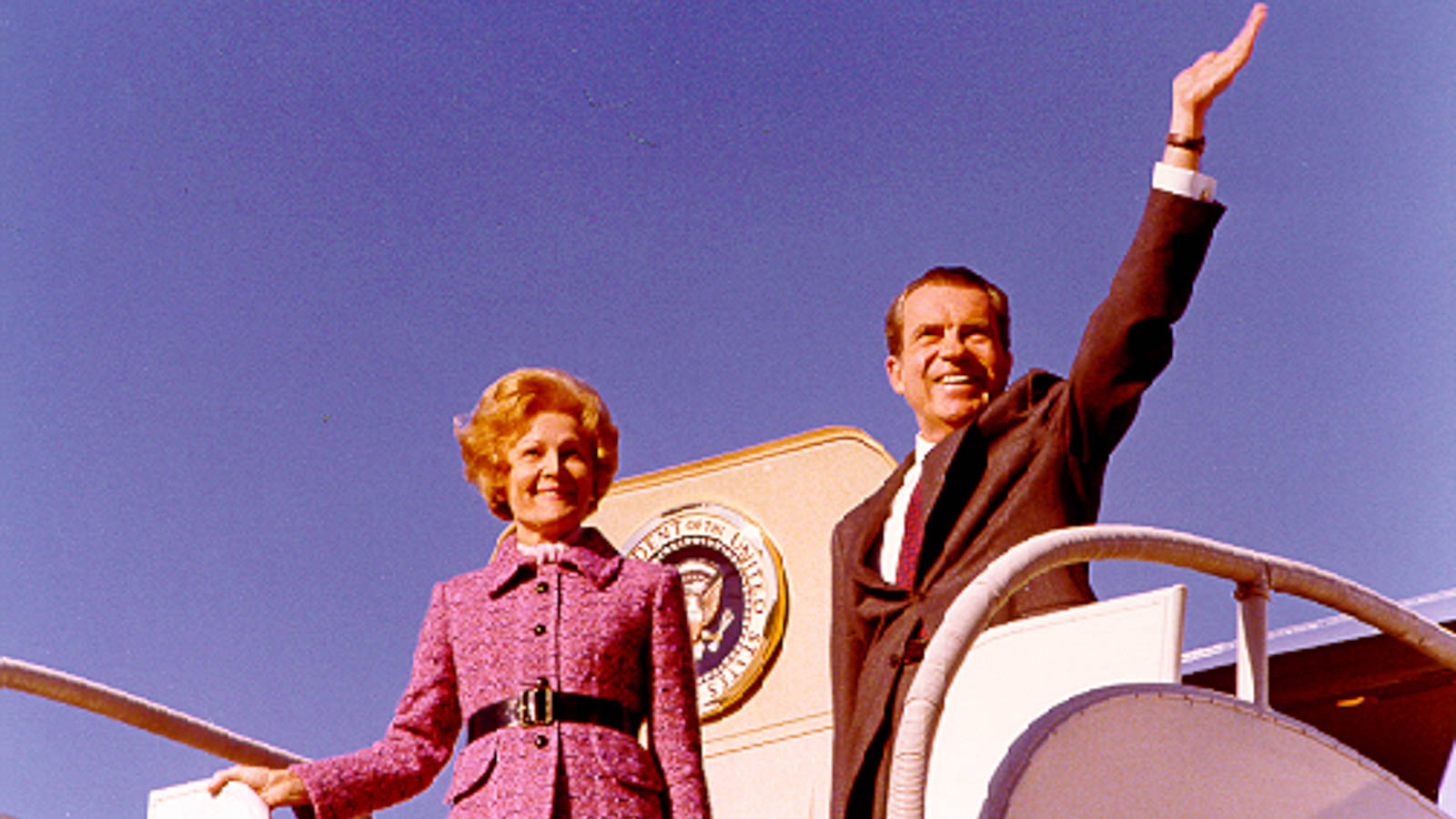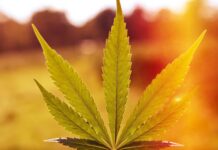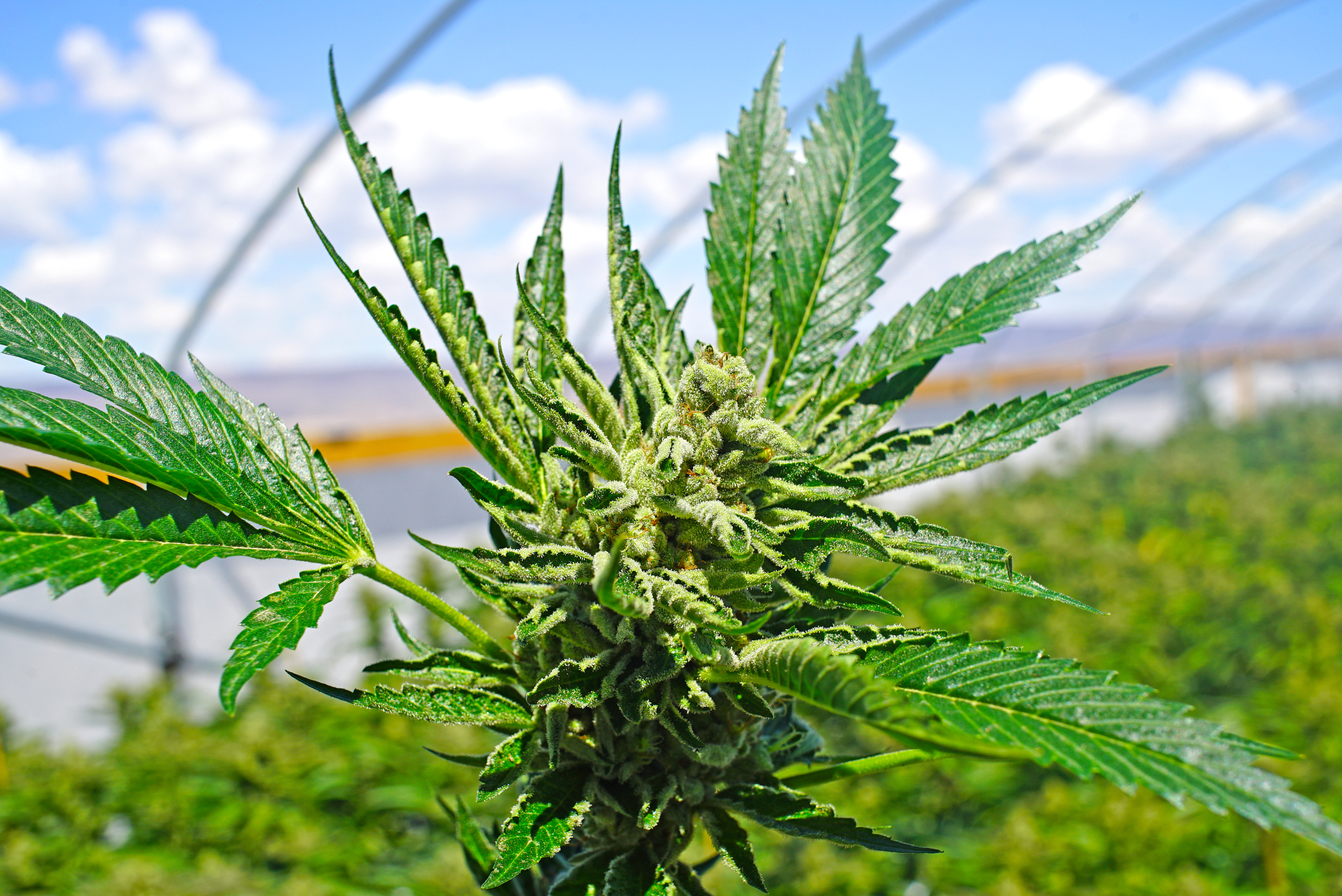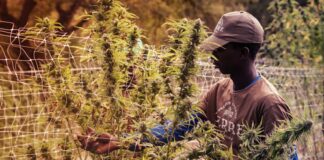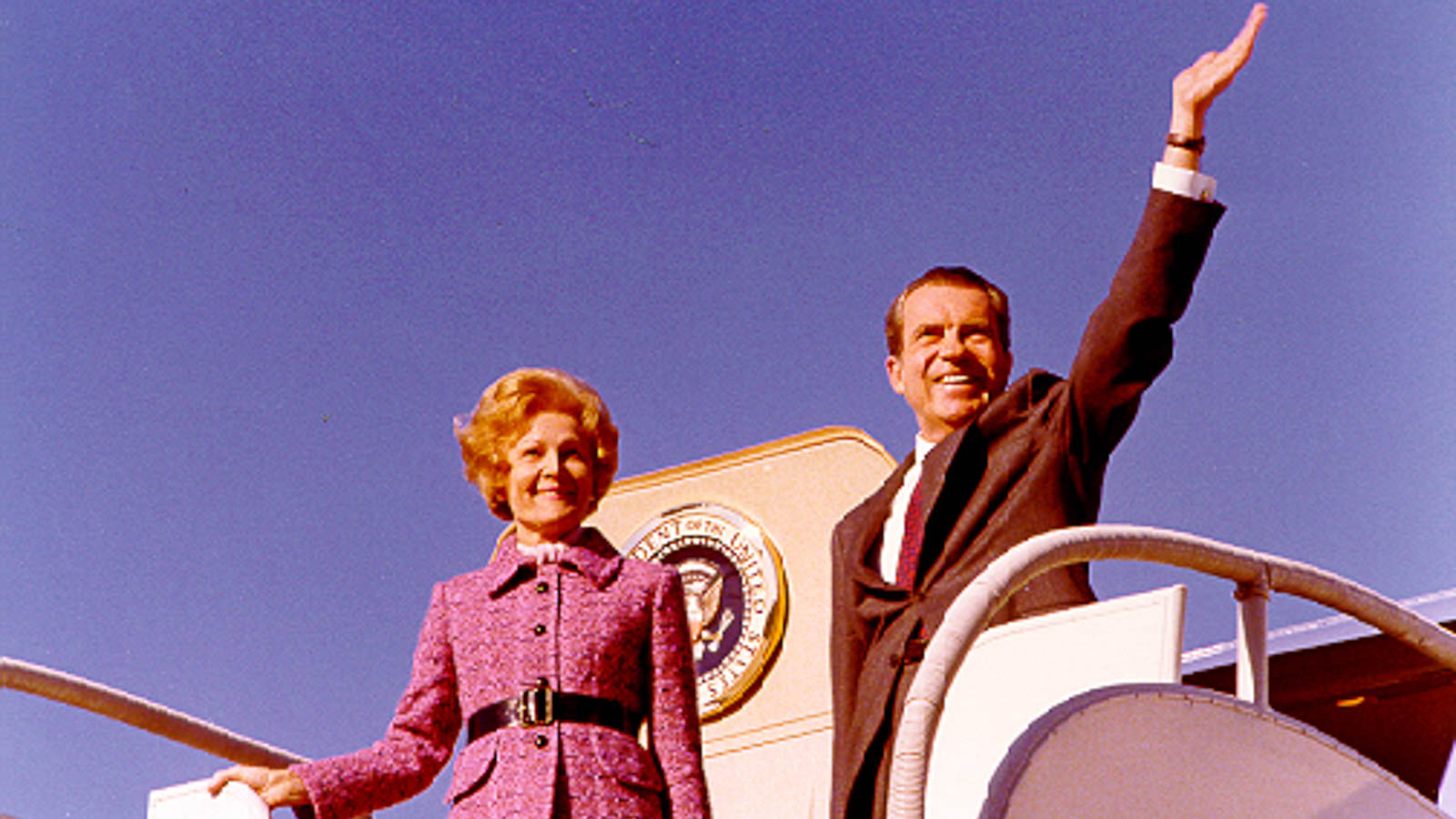
“Blunt Truths” tells the origin story of marijuana prohibition.
The story so far: The United States’ first Commissioner of the Federal Bureau of Narcotics (FBN), Harry Anslinger, knowingly used racist messaging to scare white America into legislating against cannabis and the plant’s users. Lacking a Constitutional basis for cannabis prohibition, Anslinger created the Marijuana Tax Act of 1937, which mandated a prohibitive tax on every marijuana purchase or sale, making all marijuana users who didn’t pay “tax cheats.” When racism became a less effective cudgel, Anslinger invented the “gateway theory,” an equally fabricated justification to ratchet up punishment for cannabis crimes.
Though Harry Anslinger officially retired from the Federal Bureau of Narcotics in July 1962, his hold on the bureau continued, almost as if he’d never left, in part, because Anslinger’s deputy, Henry Giordano, was hired to replace Anslinger. Hiring Giordano was like re-hiring Anslinger, but without Anslinger’s strengths as a bureaucrat and public relations genius. Within a year, the bureau was under assault from politicians wanting to kill the FBN because of persistent corruption.
The FBN had been plagued by corruption since its inception. J. Edgar Hoover, the longtime FBI director, had resisted getting his agency involved in narcotics at first because he feared that narcotics prohibition would corrupt the FBI just as alcohol prohibition did. Without Anslinger to successfully run interference for the FBN, as he had for 32 years, the bureau suffered.
Another problem plagued the FBN. Common sense reared its head, albeit briefly.
Though Anslinger officially “retired,” rumors persisted that he was forced out by John F. Kennedy, who was keeping a campaign promise to hold a Conference on Narcotic and Drug Abuse at the White House. The Prettyman Report — the paper produced by the conference and written by E. Barrett Prettyman, a retired U.S. Supreme Court of Appeal judge — put it bluntly: There was simply no link between cannabis use and criminality, other than people being turned into criminals because they used cannabis. Further, reports of cannabis’ dangers were “grossly overstated;” America’s marijuana prohibition laws (especially its sentencing guidelines), the report concluded, demonstrated “poor social perspective.”
Reporting based on anecdotal information suggested that Kennedy might have used cannabis himself; Snopes investigated this claim and found it to be unproven. While no evidence exists that cannabis was part of the medical protocol Kennedy consumed because of his various maladies, namely Addison’s disease and profound back issues caused by his World War II experience, he may have used cannabis recreationally — several times — with a woman he was linked with, Mary Meyer.
We’ll never know for sure. Responding to the Prettyman Report’s findings, Kennedy appointed a Presidential Advisory Committee on Narcotics and Drug Abuse in 1963 that roundly condemned the country’s attitudes toward cannabis. What had been a “Mexican” or “black” drug was rapidly becoming a young, middle-class white drug. The kid who couldn’t legally buy a six-pack of beer could, often much more easily, score a bag of weed.
Writers including Allen Ginsberg, Norman Mailer, and Timothy Leary began to speak honestly about using drugs — cannabis especially — with nothing like the horrifying experiences Anslinger had described. A whole generation realized that cannabis prohibition was based on outright lies. That realization alone did tremendous harm to what a growing youth culture thought of as “the establishment’s” inherent untruthfulness. If they lied so blatantly about cannabis, what else were they lying about?
The truth about cannabis also filtered back to America via soldiers returning from Vietnam. In “Cannabis: A History,” Martin Booth wrote: “For the U.S. troops in Vietnam, smoking marijuana was not a political statement. It was an escape from the horror of fighting and a recreational drug in place of alcohol, which is prohibited to American forces.”
On top of that, medical and legal professionals increasingly saw drug addiction as a medical problem instead of a crime. For a brief moment, in the mid-’60s, America’s commitment to cannabis prohibition wavered as its use spread. But, the more cannabis use became a form of calculated civil disobedience, the more it became a target, too.
In 1967, though he’d been out of office for five years, Anslinger testified before a U.S. Senate committee that the lobbyists seeking to liberalize marijuana laws were really out to legalize it. Giordano also testified before Congress that many parts of the country that had previously been “free of drug abuse now report a small but persistent traffic, centering on the ‘hippie’ elements and college campuses.”
Adding his voice to the establishment mix, J. Edgar Hoover sent a directive to the FBI in 1968 that stated: “Since the use of marijuana and other narcotics is widespread among members of the New Left, you should be alert to opportunities to have them arrested by local authorities on drug charges.”
Richard Nixon, running for office in 1968, had two clear enemies: the antiwar left and African Americans. When journalist Dan Baum interviewed Nixon’s assistant John Ehrlichman in 1994 for Harper’s magazine, Erlichman forthrightly explained Nixon’s strategy regarding cannabis: “We knew we couldn’t make it illegal to be either against the war or blacks, but by getting the public to associate the hippies with marijuana and blacks with heroin, and then criminalizing both heavily, we could disrupt those communities. We could arrest their leaders, raid their homes, break up their meetings, and vilify them night after night on the evening news. Did we know we were lying about the drugs? Of course, we did.”
Former President Richard Nixon’s war on drugs linked the counter culture with marijuana, causing long-lasting repercussions.
In 1973, Nixon amalgamated all the federal government’s various drug enforcement agencies (the FBN had been folded into the Bureau of Narcotics and Dangerous Drugs in 1968) into one mega-agency: the Drug Enforcement Administration (DEA). Unlike Anslinger’s underfunded, understaffed FBN, the DEA began its life with 10,000 agents operating around the world, a massive budget, and extraordinary intelligence-gathering powers with virtually no transparency.
Nixon’s “war on drugs” was never about substance abuse. It was about punishing political enemies and indulging in racism.
Anslinger finally realized his original dream — a potent federal agency with a potent mandate to punish people — when the Reagan administration oversaw passage of the Anti-Drug Abuse Act of 1986, which changed the system of federal supervised release from a rehabilitative system into a punitive system and enacted new mandatory minimum sentences for drugs, including marijuana.
Too bad for Anslinger that he’d been dead for 11 years. After suffering through ill health — including terrible angina for which the former FBN chief regularly took morphine, Anslinger died of heart failure on Nov. 14, 1975.
Conclusion
As this series has pointed out, death did not end our relationship with Anslinger. He impacts our lives to this day. He certainly impacted the lives of the millions of people — far, far too many of color – who were prosecuted and punished for using cannabis.
In 2017, the U.S. spent more than $47 billion on the war on drugs, arresting 1,632,921 people for drug law violations. Of those, 1,394,514, or 85.4%, were for possession, while 659,700 of those were for cannabis law violations.
Of those people arrested for drug law violations, 46.9% were either black or Latino despite combined making up only 31.5% of the U.S. population, according to the Drug Policy Alliance (DPA). Though it’s impossible to quantify what Anslinger’s racist quest cost the U.S. and the world, multiply those numbers times the 75 years that his misguided views and policies have been embedded in law and society. As the U.S. continues to grapple with legalization, it’s imperative to remember history’s lessons and take them to heart. If Anslinger taught us anything, it’s this: nothing is more important than the truth.
The mandate now is to recognize the truth, to differentiate truth from myth, and most importantly, to seek information from many sources, including from public officials. If truth and information can replace fallacy and deception, then it’s much more unlikely to be seduced by the comforting but willful deceptions of a Harry Anslinger.
Follow the “Blunt Truths” series:
- Introduction: How One Man Turned the Law and Society Against Weed
- Chapter 1: Harry Anslinger, the Prohibition Cop with Nothing to Prohibit
- Chapter 2: What Stoners Know that Harry Anslinger Didn’t Care to Know
- Chapter 3: Cannabis was Accepted Before Harry Anslinger
- Chapter 4: The Great Hemp Conspiracy
- Chapter 5
- Chapter 6: All Publicity is Good Publicity
- Chapter 7: Harry Anslinger Goes Hollywood
- Chapter 8: Fiorello La Guardia Debunks Anslinger’s Myths
- Chapter 9: The War on Drugs (Prelude)
- Chapter 10: How to Manufacture a ‘War on Drugs’
Feature image: Disgraced former President Richard Nixon and his wife Pat wave from his plane during a 1972 campaign stop. Nixon facilitated the war on drugs. (Photo by Ollie Atkins, White House Photographer)


